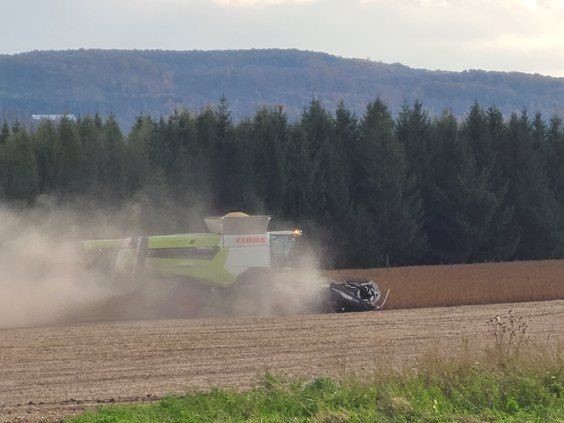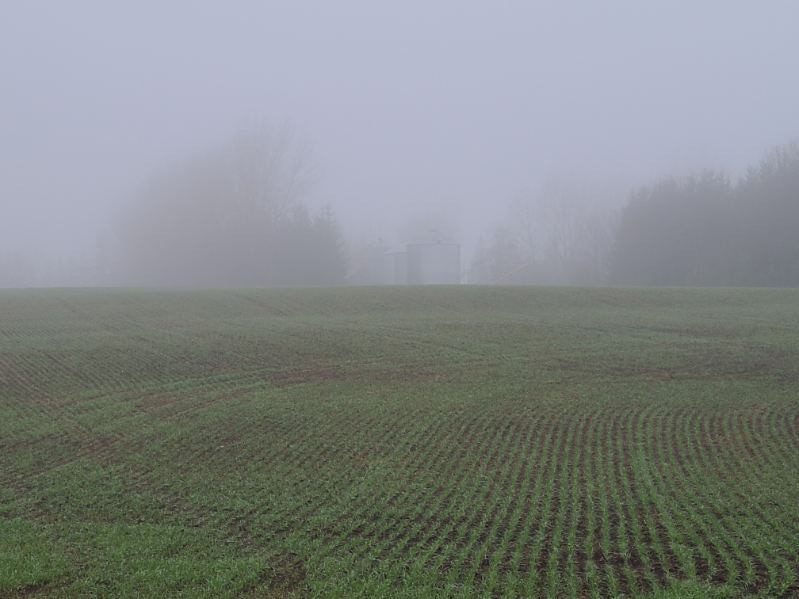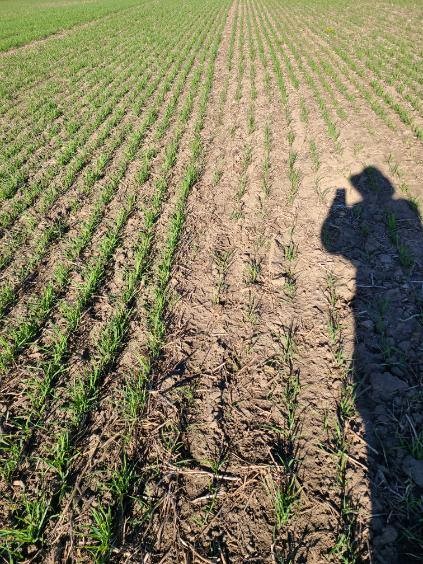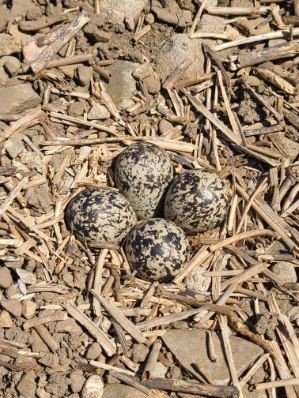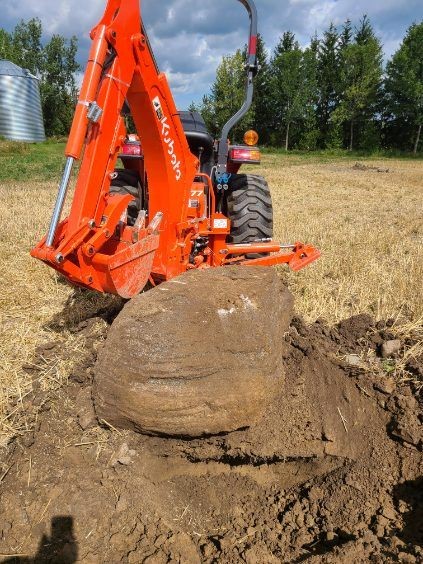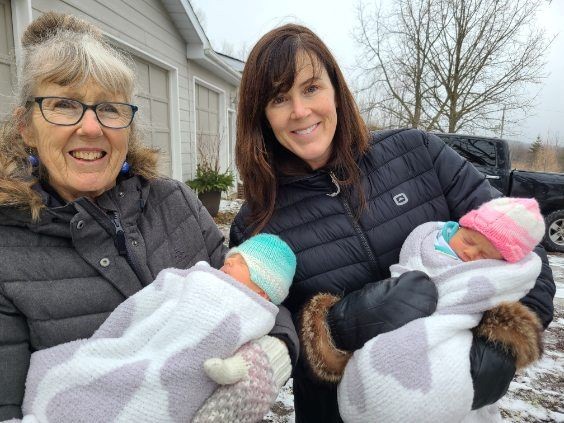Written by: Don Ready, member of the Grey County Soil and Crop Improvement Association
West Toronto was my home for my first 20 years but I loved the outdoors more than the city so after getting a degree in agronomy from Guelph, I bought 140 acres in the Beaver Valley in 1978. The learning curve was very steep and stressful, especially in 1982 when I was paying 23% on operating capital and the bank froze my account. We were bankrupt but I was too stubborn and stupid to sign the papers. Somehow we made it through and paid everyone off. I feel a similar situation is happening now in the economy but it will be worse this time.
In the late 80s, I started no-tilling and within about 5 years all acres were no-tilled. The silty clay loams here are very prone to erosion and this eliminated 95% of that. Tile drains were a huge help too. Thank you to the pioneers who perfected the system and equipment for no-till.
I grow IP or GMO soys, winter wheat, barley or oats with red clover, and hay. Cover crops this year included cereal rye for next year’s beans and barley/oats/buckwheat. Corn will come back in if I buy my own no-till planter. My career is ending so I am down to 250 acres of crops. Very rarely do I sell straw. It is finely chopped and well spread to feed my livestock; the worms and microbes. One year, a part of the field yielded 270 bu of corn. I looked at the residue and thought, how will I plant soys into this? The next year, the worms had almost cleared the ground! I no longer broadcast because the seed disappears before it can grow.
I have drastically reduced my use of poisons. Most plants I see in the wild areas are healthy and not ravaged by disease or insects. When scouting soys for aphids, I would find a few aphids in most places, then one plant that was totally covered. It was weak and the insects knew it. My job is to promote health. I use naked seed, even for corn. I give the plants a boost with Biogold from AEA but I am still evaluating it. Liquid starter, 10-34-0, now gets chelated calcium and touch of boron. Calcium can keep waterlogged seedlings alive for 3 or 4 days longer, enough to make a dramatic difference when things get wet. Copper on wheat, oats and flax has made a difference for disease and stalk strength.
I will not match yields with someone who is pushing all the nutrients and pesticide inputs but my profit this year was good. Winter wheat yielded 103 bu. Inputs were moderate: naked seed (my own), biogold, 6 gpa of 10-34-0, broadcast 70-25-20-20S-1B, growth regulator with a touch of chelated Cu and B. One half was sprayed with fungicide by mistake. The prior crop was red clover or cover crop. The 60 and 80N plots yielded the same. IP soys had no broadcast fertilizer. The wheat straw provided 110 lb of time release K, the best kind. I spent lots on herbicides and got 53bu. This should have been a bad white mold year, but I only found 4 infected plants even with no fungicide. No-till, good rotations and 15” rows really suppress white mold. I sprayed 80% of the soys for aphids but it was not needed. The brix increased and the aphids disappeared in a week on the unsprayed acres too. Oats were poor this year on a difficult farm but as Meatloaf said: Two out of three ain’t bad.
Forty plus years of soil and tissue testing have yielded a few surprises. The organic matter has held around 5% but not increased. No-till has protected it but cover crops, hay and manure could move it up as many have reported. My soils do not show big increases in P or K with large inputs. The rules of thumb such as 30lb of P will increase your test 1ppm do not work here. I am putting that money into biology.
It is a great time for agriculture with regenerative practices gaining in acres. Agriculture took a wrong turn when animals were separated from crops. The manure and hay are a vital part of the system. Gabe Brown has his soils tests increasing with no purchased fertilizer. Watch Young Red Angus on YouTube as he grows 200 bu corn with no N, only fungal compost. I would be interested in building a Johnson Su bioreactor to make this compost if I can find some partners. A heated shed is needed. Contact me if you are interested.
We have planted thousands of trees and kilometres of windbreaks. A few are large enough for harvest and our firewood is plentiful. They give me great pleasure but not as much as our 5 grandchildren. Spare time is rounded out with music, canoeing and skiing. Life is good. Organizing the Innovative Farmers of Ontario conference was a fantastic experience and I am grateful. I have been very fortunate to live in Canada, in a beautiful area, and raise my family here.
Thank you for this opportunity to think about my career.
I’d like to thank Don Ready for agreeing to be highlighted in our member spotlight article this issue. Not only was he willing to share his thoughts and experience with the region, he also wrote the article himself during a busy harvest season! We sincerely appreciate the time dedicated to the organization by Don, and the many other members who contribute articles, data and reports to keep us all informed!
– Emily McKague
